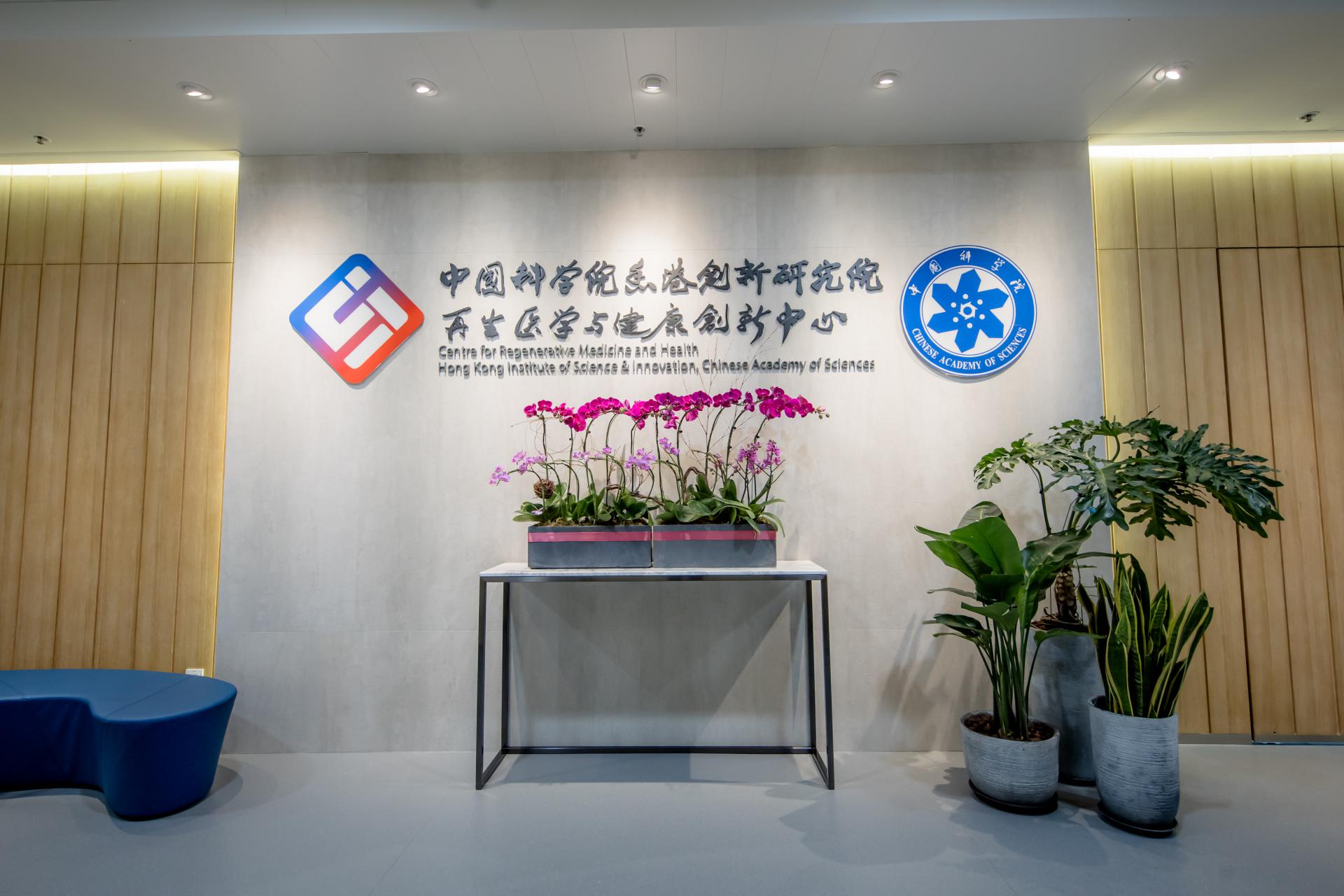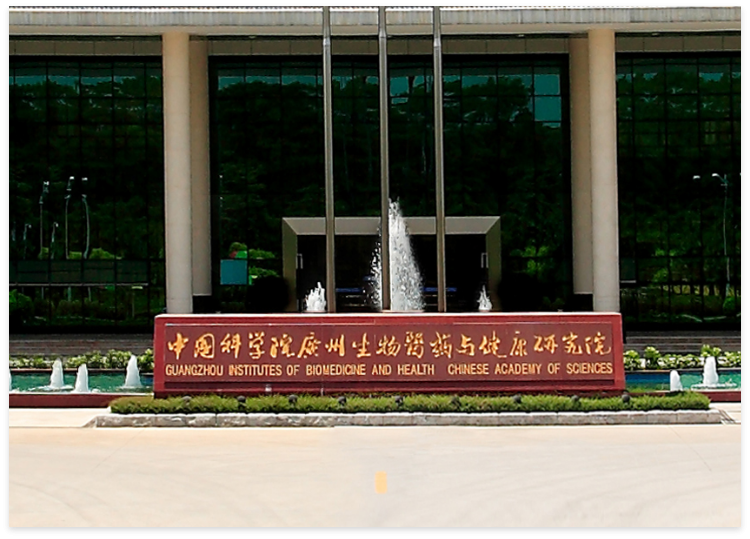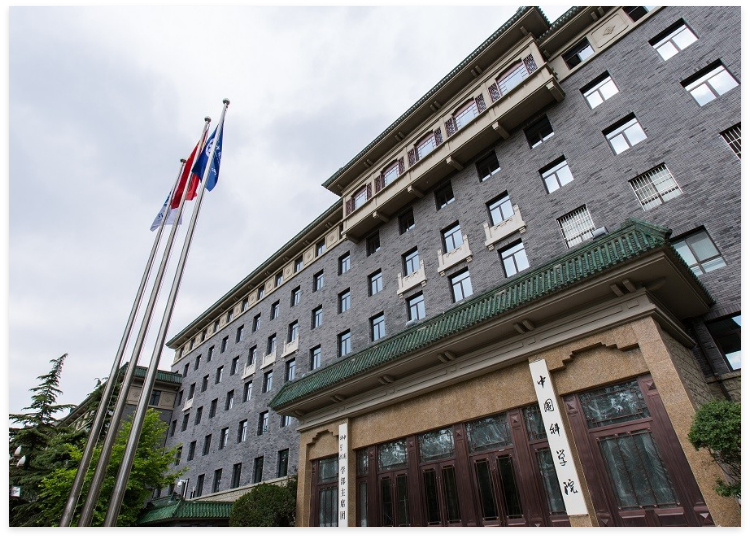
Centre for Regenerative Medicine and Health, Hong Kong Institute of Science & Innovation, Chinese Academy of Sciences (CRMH) is the first National research and development institution in regenerative medicine and health in Hong Kong located in Hong Kong Science Park. Its development is supported by the Guangzhou Institutes of Biomedicine and Health (GIBH), Chinese Academy of Sciences, also supported by the InnoHK programme from Innovation and Technology Commission. CRMH aims to develop a robust research platform encompassing basic stem cell biology as well as translational sciences, ultimately developing next generation solutions for human health.

Guangzhou Institutes of Biomedicine and Health, Chinese Academy of Sciences (GIBH) was jointly planned by Chinese Academy of Sciences (CAS), the People’s Government of Guangdong Province and the People’s Government of Guangzhou Municipality after the SARS outbreak in 2003 and was officially founded in March 2006.
Aimed to achieve the goal of "Healthy China" strategy and satisfy human health demands, GIBH is exploring disease mechanism with the cutting-edge technologies and developing innovative protocols for disease control and prevention. It provides excellent R&D platform in biomedicine and functions as an incubator for bioengineering and pharmaceutical industries to support local economic development as well as national strategic science and technology programs.
GIBH is now mainly engaged in the research of stem cells and regenerative medicine, chemical biology, infection and immunity, public health, and scientific equipment R&D. Currently, the institute contains five research units including the Cell Lineage and Development Research Center, the Cell Regeneration and Biological Therapy Research Center, the Infection and Immunology Research Center, the Chemical Biology and Drug Research Center, as well as the Health Research Center. In addition, there are five research facilities at GIBH, including the Analysis and Testing Center, the Experimental Animal Center, the Biomedical Data and Supercomputing Center, the Therapeutic Cell Preparation Research Center, and the Biosafety Level Ill Mobile Lab.
GIBH gathers and cultivates a group of committed talents. At presen there are 384 employees and 459 students, including 389 graduate students. Within 55 senior scientists here, including four foreign researchers, 90% were recruited from abroad. Scientists from GIBH have been awarded with many high academic honors such as the National Talent Program, the National Science Fund for Distinguished Young Scholars, the National Science Fund for Outstanding Young Scholars, the National High-Level Foreign Expert Introduction Program, the Chinese Government Friendship Award, the CAS Talent Introduction Program, the CAS Young Talent Program, the South Guangdong Innovation Award, as well as the Guangdong Provincial Talent Plan, etc. Read more

The Chinese Academy of Sciences is the linchpin of China’s drive to explore and harness high technology and the natural sciences for the benefit of China and the world. Comprising a comprehensive research and development network, a merit-based learned society and a system of higher education, CAS brings together scientists and engineers from China and around the world to address both theoretical and applied problems using world-class scientific and management approaches.
CAS scientists conduct research in most areas of basic science and technology as well as strategic advanced technologies and areas related to the public welfare and the development of emerging industries. CAS comprises 104 research institutes, 12 branch academies, three universities and 11 supporting organizations in 23 provincial-level areas throughout the country. These institutions are home to more than 100 national key labs and engineering centres as well as nearly 200 CAS key labs and engineering centres. Altogether, CAS comprises 1,000 sites and stations across the country.
CAS has a staff of 67,900, including about 56,000 professional researchers. Of these, approximately 22,800 are research professors or associate professors. By 2020, CAS hopes to have a few thousand leading scientists working for the organization. It has long been a CAS strategy to emphasize the combination of research and education and interdisciplinary and cross-sector cooperation in innovation. Read more